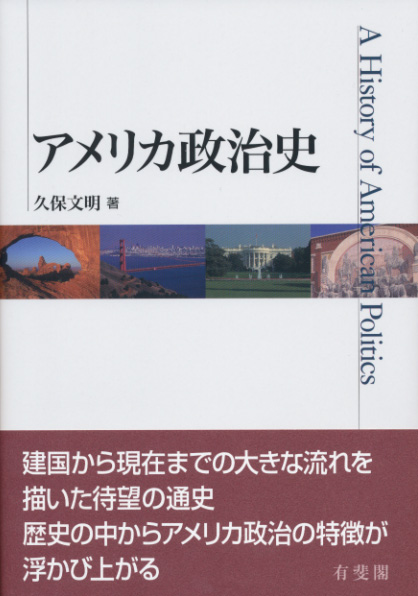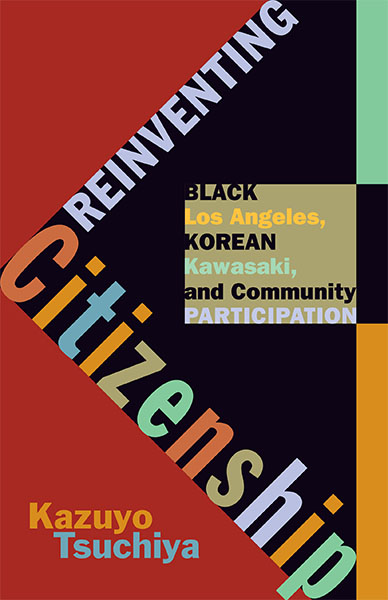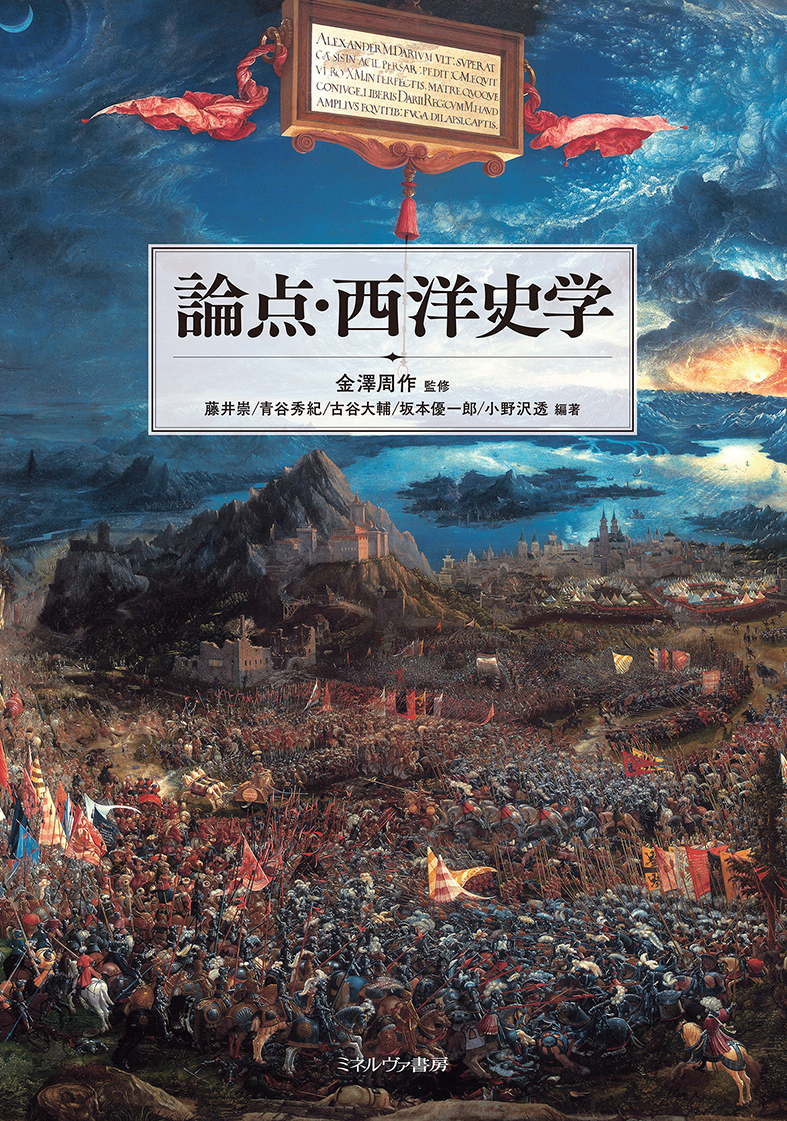
Title
Series: History of the United States [3] 20-seiki America no Yume (The Dream of 20th Century America: From the Turn of the Century to the 1970s)
Size
282 pages, paperback pocked edition
Language
Japanese
Released
October 18, 2019
ISBN
9784004317722
Published by
Iwanami Shoten
Book Info
See Book Availability at Library
Japanese Page
The Dream of 20th Century America is a new interpretation of contemporary American history, covering the period from 1901 to 1973. The book begins with an analysis of the wave of social and political reforms of the early 20th century known as “progressivism. The emphasis here is on the sensitivity of a generation of reformers to the “social problems” created by the rapid industrialization and urbanization of late 19th century America. The point of discussion is the newly found “social” dimension of American freedom and democracy, particularly in the areas of labor and poverty policy. These historical breakthroughs led to later New Deal policies and the post-World War II welfare state, but at the same time, the book argues that these new interests in “the social” brought about a unique ethno-racial social order in 20th-century America, including immigration restrictions and racial segregation.
From these viewpoints, The Dream of 20th Century America evaluates the New Deal of the 1930s as a system of pluralistic “economic security.” While the New Deal confronted the problems of unemployment and poverty, it was ultimately a movement for social integration based on materialistic distribution and did little to address existing racial discrimination. Hence, the book claims that the later rights demand movements by minorities would emerge in a manner that would, so to speak, defeat the New Deal regime. In other words, the postwar American welfare state failed to fully internalize the Civil Rights Movement, a fact eloquently illustrated by the dissolution of the New Deal political coalition at the end of the 1960s.
Another distinctiveness of this study is its argument of these domestic developments in connection with U.S. foreign relations. It addresses the fact that some of the social policies of the Progressive Era were first enforced in American colonies such as Cuba and the Philippines, and then brought back home to the United States. Also, these complementary relations between the “inside” and “outside” of the American empire can also be seen in the realm of foreign aid and domestic welfare policies during the Cold War, when the U.S. became a hegemonic power. The Dream of 20th Century America emphasizes the fact that the expertise and human resources in assisting underdeveloped countries were returned to the United States and utilized in the Lyndon B. Johnson administration's “War on Poverty” in the 1960s. This book also pointed out that the Cold War served as a kind of external pressure to promote domestic reforms. The formation of a democratic welfare state was also necessary for the U.S. to maintain its national security and ideological superiority over the Soviet Union. It is worth remembering that certain improvements in race relations in the U.S., such as the Brown Decision in 1954, began within the Cold War structure.
Finally, it is also important that the end point of this historical narrative is 1973, not 1968 or 1989. The Dream of 20th Century America insists that 1973 was the “turning point of the era,” when the “big government” of the New Deal quickly receded and was replaced by cultural conservatism and the neoliberal economy. The fierce rivalry between liberals and conservatives that was exposed at that time has become a keynote of contemporary American politics. The story of the 20th century as told in this book will provide a worthy discussion point for understanding the historical context of today's “polarization” in American society.
(Written by NAKANO Kotaro, Professor, Graduate School of Arts and Sciences / 2025)
Table of Contents
Prologue
Chapter 1. The Progressive Era
Chapter 2. World War I
Chapter 3. “New Era”: The 1920s
Chapter 4 New Deal and World War II
Chapter 5, From Cold War to the Great Society
Chapter 6. The Nixon Administration as a Transitional Period
Epilogue



 Find a book
Find a book




